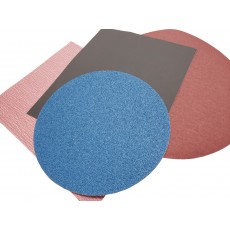
What kind of sandpaper should I be using?
From grinding, flattening, cleaning, finishing, or smoothing surfaces, abrasives have been used since the stone ages. Back then, a handful of sand was the only option available to get the job done. But these days, there are a dizzying array of sanding products to choose from. With so many choices, it can be confusing to find the right abrasive for the right job. To help clear up some of the guesswork, here are some handy tips on how to track down the best sanding abrasives to use.
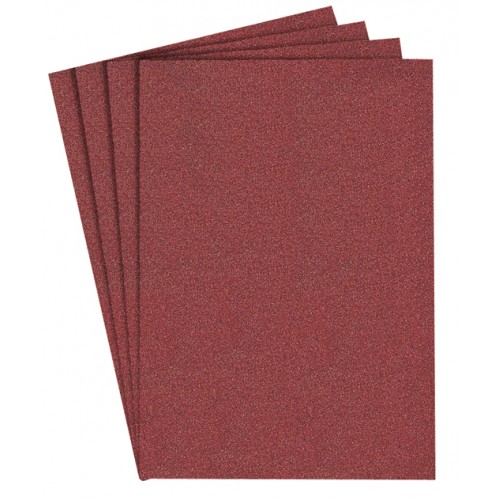
Garnet sandpaper
Garnet sandpaper might not be as tough as some of the other options, but it is all you’ll need when you want a finer finish. This “old-school” standby is great for hand sanding. Garnet works well on raw wood, spot-on for removing subtle scratches.
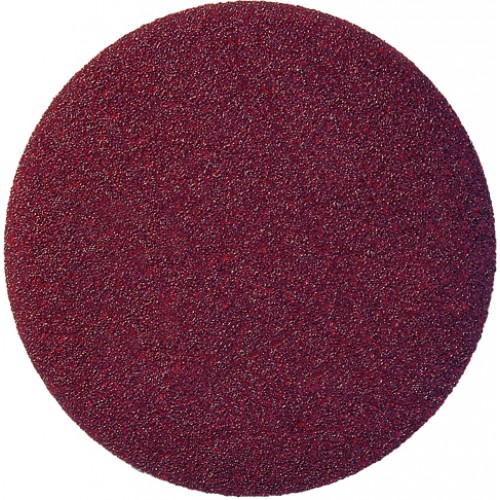
Aluminum oxide
Got a general sanding job in the works? Aluminum oxide sandpaper is exactly what you’ll need. This tough sandpaper is made up of synthetic materials and is a great choice for all kinds of sanding. Whether you want to smooth down wood, plastic, metal or drywall surfaces, aluminum oxide sandpaper is a popular all-purpose abrasive that will offer up some great results.
Silicon carbide
Most common in wet/dry applications, silicon carbide is an effective fine finishing option. Keep in mind, however, even though silicon carbides’ sharp edges sands faster than aluminum oxide, it doesn’t have the same staying power, wearing out much quicker.
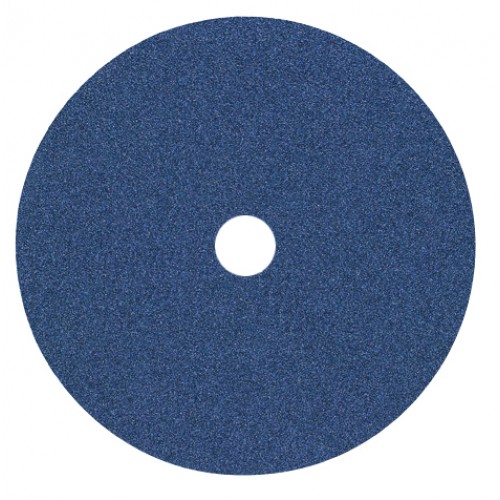
Zirconia Alumina
The “workhorse” of the bunch, Zirconia is an extra strong grain designed specifically for heavy removal in hard materials. This material is found in grits from 24 to 120 grit and can be used for everything from hardwood through to stainless steel.
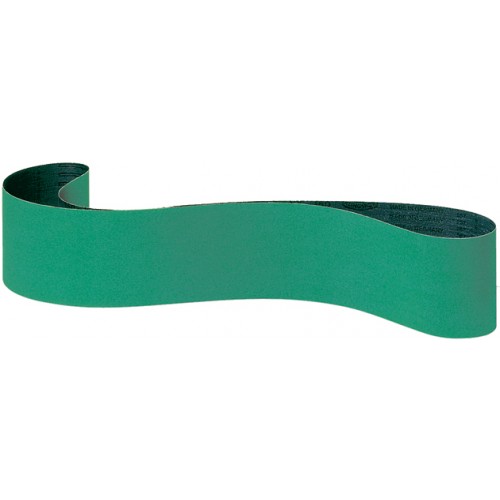
Ceramic grain
Ceramic sandpaper is composed of specially heat treated aluminum oxide. It is exceptionally hard, making it the perfect fit for use with power sanders. Ceramic abrasives may come with a heftier price tag, but it’s going to last you a lot longer compared to other options. If you’re looking for a durable abrasive that can buzz through wood or metals, ceramic grain will deliver the results you’re looking for.
What is the importance of grit count?
Whatever sandpaper you decide to go with, you’ll want to consider the grit count—the number of abrasive particles per square inch of paper. The count can range from 16 to 1200 or higher, with the higher number providing a finer finish. If you want to avoid low-quality sandpaper, skip products that don’t provide a numeric grit designation.
What are some alternatives to sandpaper
Sandpaper might be a common choice for sanding, but it is far from the only one. There is a wide range of abrasive sanding options, from wire brushes and wire wheels to steel wool and abrasive sponges.
Searching for high-quality sanding abrasive products? Look no further than Online Supply. We have the top-name abrasives to get the job done right, including sanding belts, abrasive rolls, flap discs, hand pads, steel wool, and so much more!
For all your sanding abrasive needs, check out Online Supply’s Abrasive Page today!

 Posted by
Posted by

